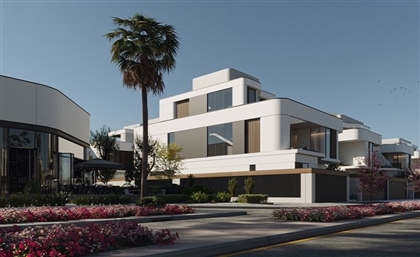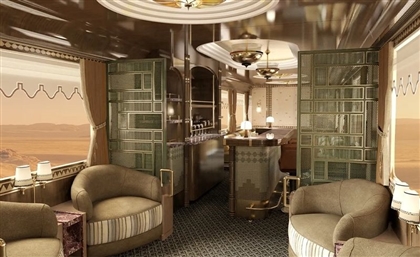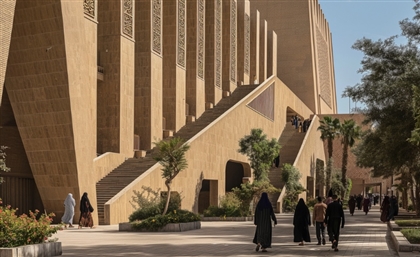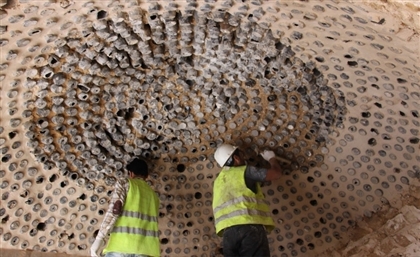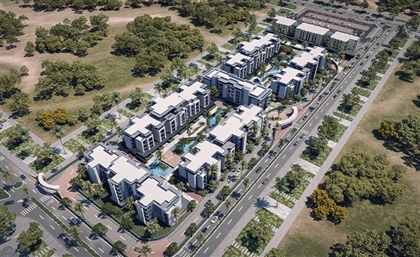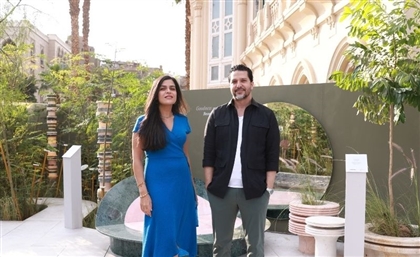Egyptian Designers Win Contest Reimagining Iraq's Lost City of Mosul
After decades of destruction, Iraq’s ‘lost’ City of Mosul may soon be restored and reimagined thanks to an exceptional design team from Alexandria.
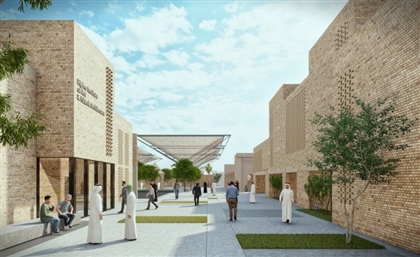
The city of Mosul, ‘linking point’ in Arabic, stood for a millennia as a strategic commercial and cultural crossing in Iraq. At its center is the Al Nouri mosque complex, which was constructed in the 12th century and remained a persistent hub of culture and theology for generations until the devastating conflict of recent years, which left it - along with other heritage sites - in ruins.
In 2020, as a symbolic act of hope by the UNESCO and Iraqi Ministry of Culture, a design competition was organised for the ‘Revive the Spirit of Mosul’ initiative with the backing of the United Arab Emirates and the International Union of Architects. The ‘Revive the Spirit of Mosul’ movement aims to rebuild the city, redeveloping it beyond its purely religious origins, and remiagning it as both a vibrant community centre as well as a tranquil space for worshippers.
An international jury composed of experts in architecture, sustainable rehabilitation and cultural conservation poured over the competition entries for six months before announcing that an Egyptian team from Alexandria had landed the $50,000 award.
The late Salah Hareedy, associate professor at Alexandria University and CEO of architectural design firm HEADS, along with assistant professor Sherif Farag, CEO of ADD architects, professor Khalid Farid El-Deeb, and Tarek Ali, co-founder of JOZOOR Architectural Studio, led architects from their respective firms to deliver a design that thoroughly considered the cultural and historical backgrounds of the site, integrating features that were inspired by traditional architecture of old Mosul. At the same time they rehabilitated the complex with vast open spaces and restored Al Nouri prayer hall to its original form with improvements in natural lighting and spatial orientations. “Our approach was to stress on openness, an invitation to reconnect and create a spirit of unity,” Farag tells #SceneHome. “It was important to maintain a connection with the neighbourhood due to the attachment Mosul’s people had with this iconic complex for centuries.”
The jury commended the design for maintaining the mosque’s iconic Al Hadba minaret and pairing it with a continuous façade that integrated with the surroundings. “Dr. Hareedy led us to win the competition, and now we are in the next stage, which is to complete the detailed drawings by the end of the year,” Farag tells #SceneHome, having now assumed leadership of the project. “After a construction bid is secured, we will be supervising the project’s completion.”
The project will allow Mosul to re-emerge as a city full of life and one that links an epic past to a hopefully extraordinary future.
- Previous Article The Enduring Charm of Jeddah’s Old Town of Al Balad
- Next Article Egypt’s Best Destinations for Dreamy Dressing Rooms




